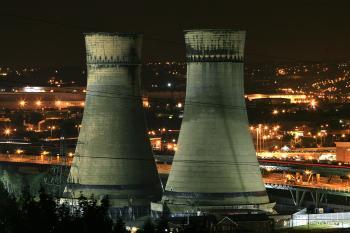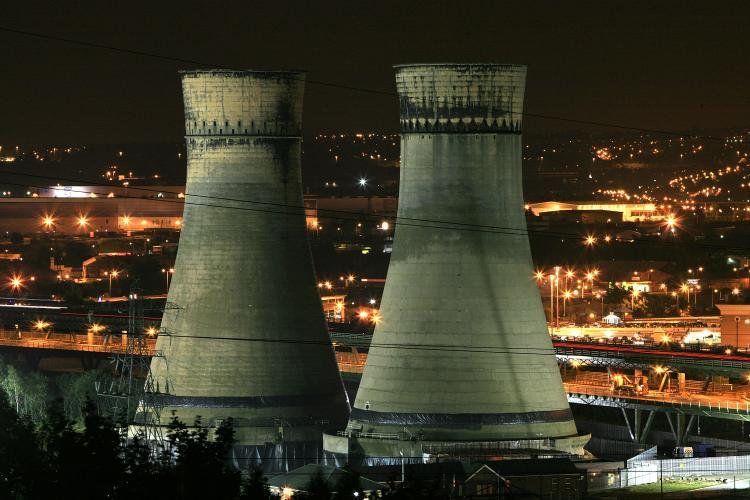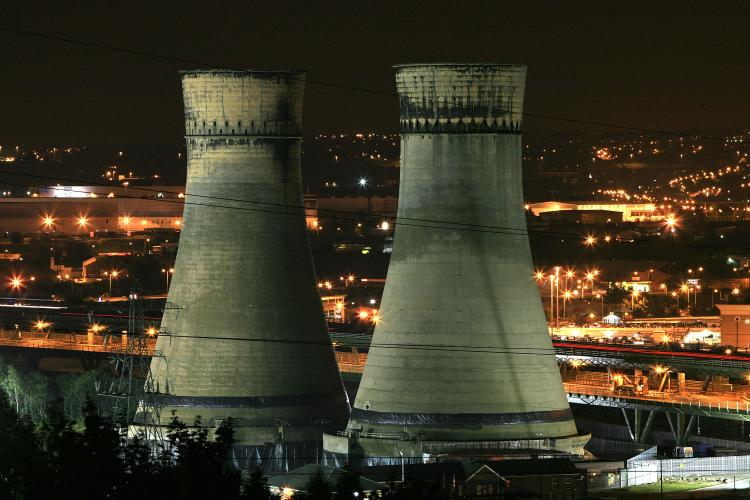The Split Personality of British Cities
Rich and poor neighbours in Sheffield could have difference of 18 yrs in life expectancy, researchers found.

The Tinsley cooling towers, that for 70 years stood as symbol of Sheffield's industrial heritage, are floodlit as they wait for demolition with explosives on August 23, 2008 Christopher Furlong/Getty Images
|Updated:





